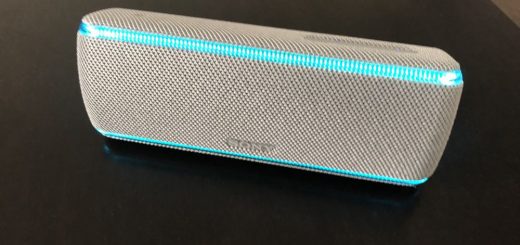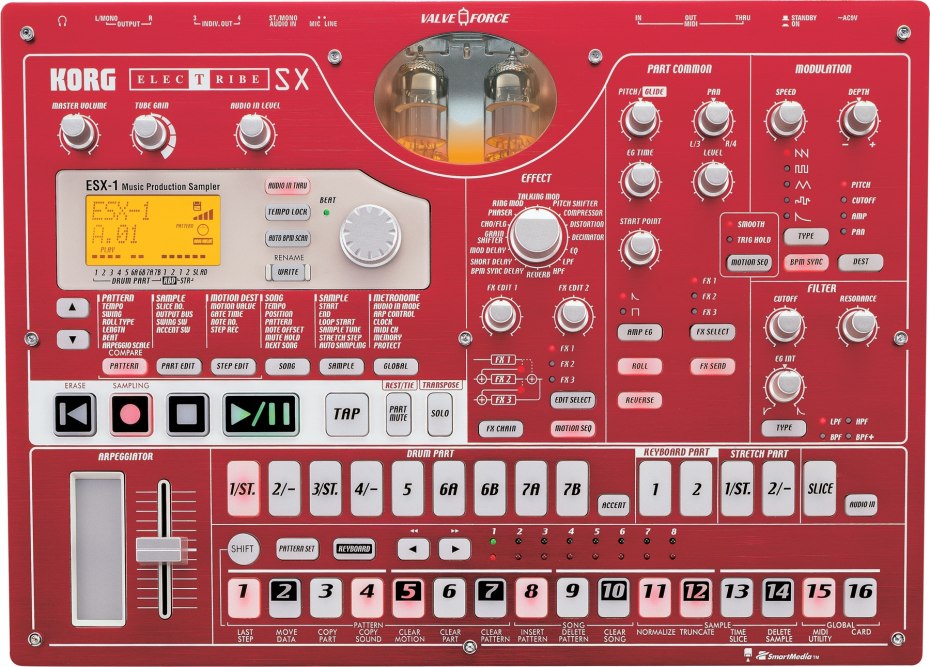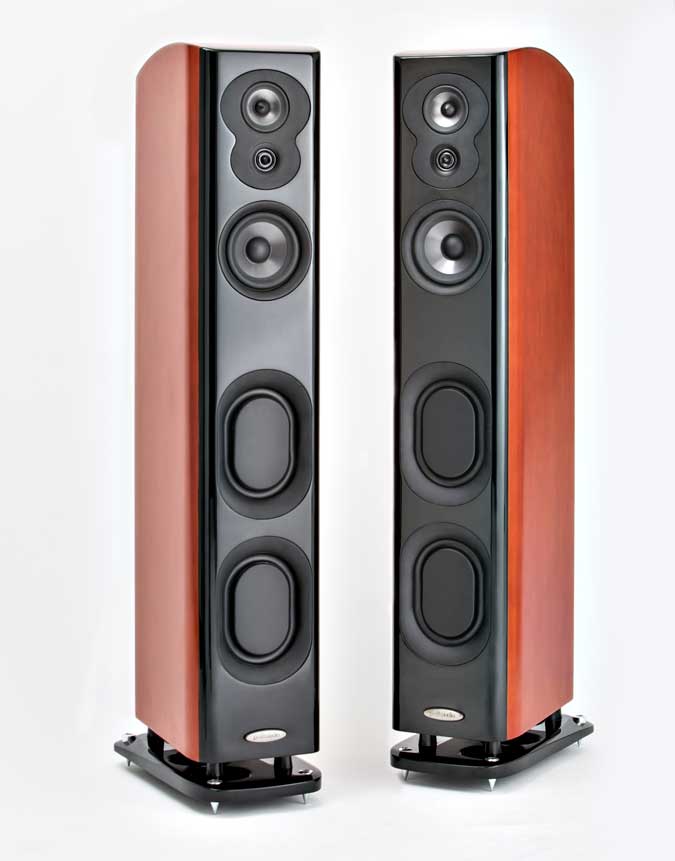Groove Tubes GT50 Review

The GT50 is my ringer, my personal little piece of gear that I go back to again and again for lots of applications.
I’ve been using the GT50 for the last three years, and I have yet to be anything but amazed by the depth and versatility of this microphone. Groove Tubes has designed and delivered a seriously solid microphone at an unheard-of price point.
When you first open the box and pickup the GT50 the first thing you’ll be struck by is the weight; this microphone is a brick! The solid build is something that Groove Tubes has down on all of their gear. Take a look at their flagship outboard gear like the Glory Comp, Supre, or Vipre. The tough-as-nails vintage construction has not been compromised on the GT50. Groove Tubes has also paid great attention to detail on this mic, from the solid fittings to the engraving, everything about this microphone screams “pro quality!”
In all the sessions I’ve done with the GT50 I’ve learned a great deal about where this microphone truly shines. Perhaps its single best application is on male rock vocals. I’ve put the GT50 to the test on major label, indie label, and local artists’ sessions. On the vast majority of these sessions I’ve had many options in the mic closet, from vintage classics like U 47, U 87, and C 12, to modern heavy weights like Korby Red, Blue Bottle, and Red Type A. Those are all excellent microphones and have proven time and again that they are the best of what is out there, but for some reason, when it comes to male rock vocals, I still, without fail, find myself reaching for the GT50 over those. Matched with a quality preamplifier, there is just something about the GT50 in that application. I find myself applying little to no EQ on most of the vocals I record with the GT50, slapping on a bit of compression, and I have that vocal up front and not competing for any sonic real estate. The GT50 handles the dynamics of modern rock vocals perfectly. It’s punchy and warm when pushed and full and detailed on softer passages. For this application alone the GT50 will always be in my mic arsenal.
The GT50 is also a great alternative to the usual suspects of microphones you see on the guitar cabinet. I like a 57 and 414 on most of my amps, and I really like the R92 and R-121 for different flavor. I’ve always found electric guitar to be the single most difficult instrument to track. It seems like you have to have a near sonic picture of your final mix just to track guitars and save yourself from endless EQ tweaking. The combinations above are great for specific flavors, 57/414 combo for cutting, driven guitars, R92 or R-121 for darker, cleaner guitar tones. The GT50 can play both sides as well as fill in a lot of the gaps of the flavor spectrum. It can handle the high SPL of a cranked stack as easily as it can translate the detail of a vintage Vibro-Champ. The GT50 can handle pretty much any electric guitar tone you want to throw at it, and for that reason is a very attractive alternative to some of the higher-priced choices.
Having proven itself on those two specific applications I’ve begun using the GT50 in more and more places just to try and find a weak spot. On acoustic guitars I’ve found the GT50 to be a solid choice, providing crystal highs and ample low end. I’ve also recently fallen in love with the GT50 as a mono, drummer’s perspective overhead. The GT50 provides a unique sonic picture of the entire kit and really helps fill in the holes. For that little extra needed to achieve super-sized drum tones throw the GT50 in the corner of your drum room and squash it with compression. The possibilities are endless.
All in all the GT50 was a real surprise for me. To be honest I really only picked it up because it was on sale for a crazy low price. As is the case with most of the great engineering knowledge I’ve acquired, this was simply a happy accident. Nonetheless, the GT50 is my ringer, my personal little piece of gear that I go back to again and again for lots of applications.










